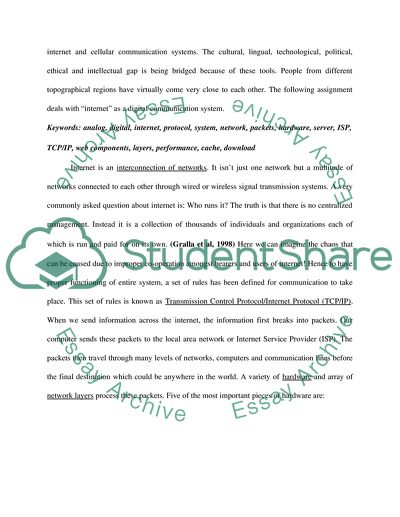Cite this document
(“Digital Communication System Assignment Example | Topics and Well Written Essays - 2500 words”, n.d.)
Digital Communication System Assignment Example | Topics and Well Written Essays - 2500 words. Retrieved from https://studentshare.org/information-technology/1721894-digital-communication-system
Digital Communication System Assignment Example | Topics and Well Written Essays - 2500 words. Retrieved from https://studentshare.org/information-technology/1721894-digital-communication-system
(Digital Communication System Assignment Example | Topics and Well Written Essays - 2500 Words)
Digital Communication System Assignment Example | Topics and Well Written Essays - 2500 Words. https://studentshare.org/information-technology/1721894-digital-communication-system.
Digital Communication System Assignment Example | Topics and Well Written Essays - 2500 Words. https://studentshare.org/information-technology/1721894-digital-communication-system.
“Digital Communication System Assignment Example | Topics and Well Written Essays - 2500 Words”, n.d. https://studentshare.org/information-technology/1721894-digital-communication-system.


